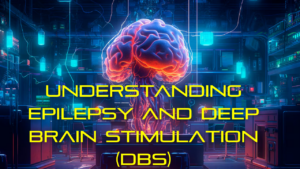Font size:
Print
Education
Context:The ongoing crisis in the education sector vis a vis exam cancellation,paper leak etc has brought back demands of education being put in state list.
Historical Background
- The Government of India Act, 1935 during British rule placed Education under the provincial list.
- After independence,this continued and education was part of the ‘State list’ under the distribution of powers.
- During the Emergency, on the recommendation of the Swaran Singh Committee, 42nd constitutional amendment (1976) shifted ‘education’ from the State list to the concurrent list.
- There was no detailed rationale that was provided for this switch and the amendment was ratified by various States without adequate debate.
Constitutional provision w.r.t. Education.
Impact
|

Arguments in favour of ‘education’ in the concurrent list
- Uniform education policy.
- Improvement in standards and synergy between Centre and States.
- Corruption coupled with lack of professionalism in the state .
- Recent issues surrounding the NEET and NTA have however displayed that centralisation does not necessarily mean that these issues would vanish.
- Addressing Regional Disparities: Placing education in the concurrent list enables the central government to intervene in cases where there might be disparities in access to quality education, particularly in economically backward regions.
- Resource Allocation: Education often requires significant financial resources. Both levels of government can pool their resources to enhance funding for educational initiatives.
Arguments in favour of ‘education’ in the state list
- As per the report on ‘Analysis of Budgeted expenditure on Education’ prepared by the Ministry of Education in 2022, out of the total revenue expenditure on education 15% is spent by the Centre while 85% is spent by the States.
- Enable them to frame tailor-made policies for syllabus, testing and admissions for higher education including professional courses like medicine and engineering.
- Regulatory mechanisms for higher education can continue to be governed by central institutions like the National Medical Commission, University Grants Commission and All India Council for Technical Education.
- The state’s Policy on reservation also has a direct conflict with Union’s reservation in seats in institutes and universities under the state,e.g. Tamil Nadu has 69% reservation, Maharashtra demand for increasing reservation limit.
- The State Govt would want to impart education in line with the state’s unique culture and vast diversity .
International Practices
- USA : State and local governments set the overall educational standards, mandate standardised tests and supervise colleges and universities.
- The central education department’s functions primarily include policies for financial aid, focussing on key educational issues and ensuring equal access.
- Canada:Education is completely managed by the provinces.
- Germany: the constitution vests legislative powers for education with landers (equivalent to States).
- South Africa, on the other hand, education is governed by two national departments for school and higher education.




